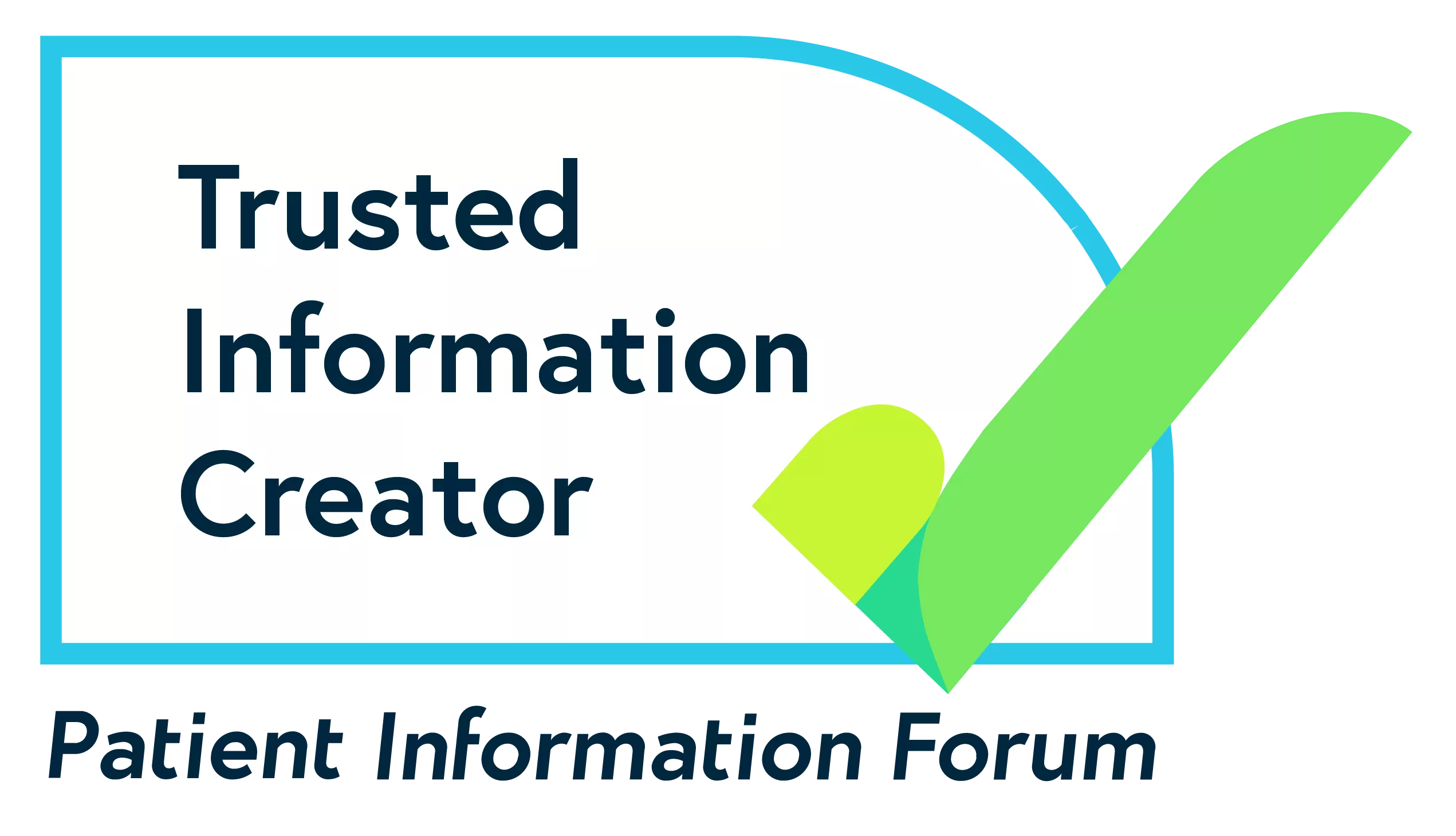Arts and creative therapies
Explains what arts and creative therapies are, the different types and how to access them.
What are arts and creative therapies?
Arts and creative therapies are treatments which involve art activities within therapy sessions. These sessions are supported by a trained professional.
You don’t need to have any skills or experience in art. And people of any age can benefit from them. Different people will have different experiences of arts and creative therapies, but in general they aim to:
- allow you to communicate thoughts and feelings that you find difficult to put into words
- help you make sense of things and understand yourself better
- give you a safe time and place with someone who won't judge you
- help you find new ways to look at problems or difficult situations
- help you to talk about complicated feelings or difficult experiences
- give you a chance to connect with other people.
Therapy sessions can take place in a one-to-one setting or group. They may be offered in a range of settings including charities such as local Minds, day centres, hospitals and therapy centres.
Art therapy allows you to express those feelings that you can't find words to explain. You talk through the image with your therapist and communicate through it, taking the pressure off. The connection with your therapist becomes even stronger.
What can they treat?
Guidelines from the National Institute for Health and Care Excellence (NICE) recommend that arts therapies are considered for everyone who has psychosis or schizophrenia, which includes related conditions such as schizoaffective disorder.
Research suggests that arts and creative therapies may help with other mental health problems. It's difficult to be sure though because many studies have included only small numbers of people. More research in this area is needed.
Arts and creative therapies may be helpful if you find it difficult to put your thoughts and feelings into words. They may also help with addressing painful feelings or experiences, including experiences of trauma.
Some people find that doing a creative activity with their therapist helps put them at ease and can make the session feel less intense.
It helps me when I struggle to find the words, when I'm too angry, despairing or confused to know what I think. It gives me a voice.
Dance movement therapy
Dance movement therapy (also known as dance therapy) involves using body movement and dance. For example, you might explore different types of movements and rhythms. You don't need to have any dance skills or experience.
Some people find that dance movement therapy helps them to:
- feel more in touch with their body and physical surroundings
- address difficult feelings about their body or appearance
- explore difficult experiences through movement rather than words.
Find out more from the Association for Dance Movement Psychotherapy (ADMP UK).
The therapists were able to tell a lot from what you had created. It helped open up topics for conversation or get a whirlwind of thoughts and emotions out of your head.
Dramatherapy
Dramatherapy involves using different types of drama and performance activities that might be helpful for you.
For example, you might invent characters, tell stories, play games or do mimes. You might also use puppets, masks or other objects. Not all activities will involve talking, and you don't need to have any acting skills or experience.
Some people find that dramatherapy helps them to:
- express or resolve difficult thought or feelings
- safely explore being playful and using their imagination
- explore how mental health problems affect their body.
Find out more from the British Association of Dramatherapists (BADth).
It allowed me to use my imagination for something positive.
Music therapy
Music therapy involves exploring music and sound. You don't need to have any musical knowledge or experience to do music therapy – for example, you don't need to know how to play any instruments, read music or be a good singer.
Together with your therapist, you might listen to music or use different types of instruments to explore ways of communicating and expressing your feelings. Music therapists often provide instruments that are easy to use, such as cymbals, wood blocks or bells. Or you might use your voice to make sounds or sing.
There is no right or wrong way of using music to communicate your feelings. You and your therapist might make sounds together in a way that feels therapeutic for you.
Some people find that music therapy helps them to:
- connect with their therapist and other people using music
- communicate difficult thoughts or feelings
- express themselves in new ways.
Find out more from the British Association for Music Therapy (BAMT).
Producing music can untangle my thoughts and re-establish order.
Visual art therapy
Visual art therapy (also known as 'art therapy') involves using visual art materials. For example, you might use pens, pencils, crayons, paint, chalk, clay or collaging. You might also use digital media, such as photos or video. You don't need to have any art skills or experience.
With support from your therapist, you might use art materials to express your feelings or experiences. Your therapist might sometimes provide ideas or prompts – for example, some art therapy groups might focus on a particular theme or activity each session.
Your therapist won't judge your art or tell you what it means. They will help you explore what it means to you and how you felt about making it.
For example, you may talk about why you chose a particular colour or material in your artwork. But not everything you make will need to have a meaning.
Some people find that art therapy helps them to:
- communicate feelings or thoughts they find difficult to talk about
- look at a problem or situation in a new way
- explore difficult or painful experiences
- understand themselves better
- feel more comfortable in therapy.
Find out more from the British Association of Art Therapists (BAAT).
My hope is that I make people smile with my artwork and through doing art therapies I can challenge my mind to get to a better place.
How are they regulated?
It's good practice for any therapist to be a member of a relevant professional body. This means they have signed up to meet professional standards. For some types of therapists this is required.
Anyone who refers to themselves an art therapist, dramatherapist or music therapist must be registered with the Health and Care Professions Council (HCPC). You can check if a therapist is registered using the HCPC's Check the Register service.
They must also belong to the relevant professional body:
Dance movement therapists aren't regulated by HCPC, so aren't on their register. But it's good practice for them to belong to a relevant professional body such as the Association for Dance Movement Psychotherapy UK (ADMP UK).
How can I access arts and creative therapies?
Arts and creative therapies can be difficult to access, and what services are available often depends on where you live. You may be able to access arts and creative therapies through the:
In some areas, you may be able to access arts and creative therapies through the NHS as part of a mental health service, either in the community or as part of the treatment provided if you spend time in hospital. This varies from area to area though.
Your GP or community mental health team (CMHT) should be able to tell you what's available in your area. They may be able to refer you to a local service.
For more information about speaking to your GP, see our guide to seeking help for a mental health problem.
Some charity sector organisations offer arts therapies. This sector is sometimes also called the voluntary sector or third sector.
These kinds of services aren't always easy to find, so it's worth asking around. You can find more information about seeking support through the charity sector on our find a therapist page.
You can also access arts therapies privately, although this can be expensive. You can find details of therapists in your area by searching the register of the professional body for each type of therapy.
For more information on accessing therapies privately, see our page on seeking help through the private sector.
For advice on what to do when you are struggling to access the therapy you need, see our page on facing barriers to seeking help.
What if they don't work for me?
As with all treatments, different things work for different people at different times. If something hasn't worked for you, it's important not to blame yourself. While some people find arts and creative therapies helpful, not everyone does.
Our information on getting the most from therapy might be helpful when you’re getting started. Or if art therapy isn’t for you, see our pages on seeking help for a mental health problem for other options you could try.
This information was published in October 2021. We will revise it in 2024.
References and bibliography available on request.
If you want to reproduce this content, see our permissions and licensing page.












